Posts Tagged "Digital Ad Buying"
Articles
- Best Marketing Conference Sponsorship
- What Does it Mean to Be an Exhibitor at a Conference?
- What Is the Biggest Social Media Conference?
- What Is an Innovation Conference?
- What Is a Typical B2B Event?
- What Are the Cloud Technology Events in 2025?
- Marketing Event Volunteer Opportunities: A Comprehensive Guide
- Digital Marketing Event Volunteer Opportunities Near Me
- What Does a Volunteer Do at a Conference?
- Is DigiMarCon Worth It?
- Is DigiMarCon Good?
- What is the Biggest Marketing Forum?
- What are Digital Marketing Conferences?
- Marketing Conference Exhibiting: Your Guide to Success
- Digital Summit Comparison: A Closer Look at DigiMarCon
- Digital Marketing Conference
- Digital Marketing Events: Your Guide to Success in 2025
- Marketing Conferences: Unlocking Your Business Potential in 2025
- What Is The Future of Digital Marketing in 2030?
- B2B Event Marketing Strategy: Unlocking Success For Your Business
- Why B2B Event Marketing?
- What Should a B2B Marketing Strategy Include?
- Top Marketing Conferences for 2025
- What Is the Future of Marketing in 2025?
Digital Marketing Conferences
- NORTH AMERICA
- DigiMarCon Cruise
(New Orleans, LA, USA) - DigiMarCon West
(Los Angeles, CA, USA) - DigiMarCon Northwest
(Seattle, WA, USA) - DigiMarCon Canada West
(Vancouver, BC, USA) - DigiMarCon Canada
(Toronto, ON, Canada) - DigiMarCon Canada East
(Montreal, QC, Canada) - DigiMarCon Florida
(Orlando, FL, USA) - DigiMarCon Gulf Coast
(Houston, TX, USA) - DigiMarCon Southern California
(San Diego, CA, USA) - DigiMarCon Midwest
(Chicago, IL, USA) - DigiMarCon Mid-South
(Nashville, TN, USA) - DigiMarCon Great Lakes
(Detroit, MI, USA) - DigiMarCon North
(Minneapolis, MN, USA) - DigiMarCon Central
(Kansas City, MO, USA) - DigiMarCon Texas
(Dallas, TX, USA) - DigiMarCon New England
(Boston, MA, USA) - DigiMarCon Mid-Atlantic
(Philadelphia, PA, USA) - DigiMarCon South Florida
(Miami, FL, USA) - DigiMarCon Southeast
(Atlanta, GA, USA) - DigiMarCon Central Florida
(Tampa, FL, USA) - DigiMarCon East
(New York, NY, USA) - DigiMarCon South Atlantic
(Charlotte, NC, USA) - DigiMarCon America
(Washington, D.C. USA) - DigiMarCon Northern California
(San Francisco, CA, USA) - DigiMarCon Rocky Mountains
(Denver, CO, USA) - DigiMarCon South
(San Antonio, TX, USA) - DigiMarCon Silicon Valley
(San Jose, CA, USA) - DigiMarCon Orange County
(Anaheim, CA, USA) - DigiMarCon Southwest
(Phoenix, AZ, USA) - DigiMarCon World
(Las Vegas, NV, USA)
- DigiMarCon Cruise
- LATIN AMERICA
- EUROPE
- MIDDLE EAST
- AFRICA
- ASIA PACIFIC
- DigiMarCon Hawaii & Pacific
(Honolulu, HI, USA) - DigiMarCon Asia & Japan
(Tokyo, Japan) - DigiMarCon New Zealand
(Auckland, New Zealand) - DigiMarCon Australia
(Sydney, Australia) - DigiMarCon Oceania
(Melbourne, Australia) - DigiMarCon Southeast Asia
(Singapore) - DigiMarCon India
(New Delhi, India) - DigiMarCon North Asia & China
(Shanghai, China)
- DigiMarCon Hawaii & Pacific
- VIRTUAL
Digital Marketing Blog
- Unlock Website Traffic Growth: 10 Proven Hacks to Try September 16, 2025
- Sponsorship Opportunities at DigiMarCon 2025 – Join Us Now September 16, 2025
- Sponsorship Opportunities at DigiMarCon 2025 – Join Us Now September 16, 2025
- Mastering Video Marketing: Essential Tips to Boost Your Business September 15, 2025
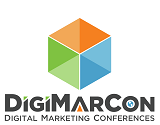


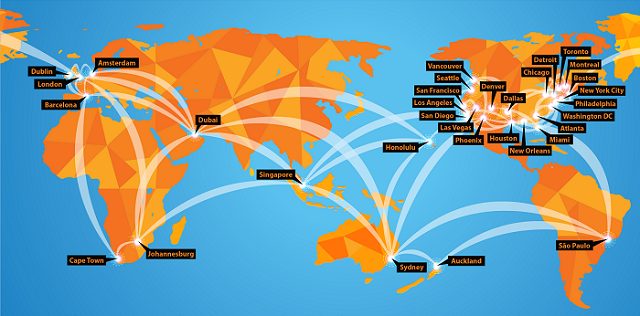

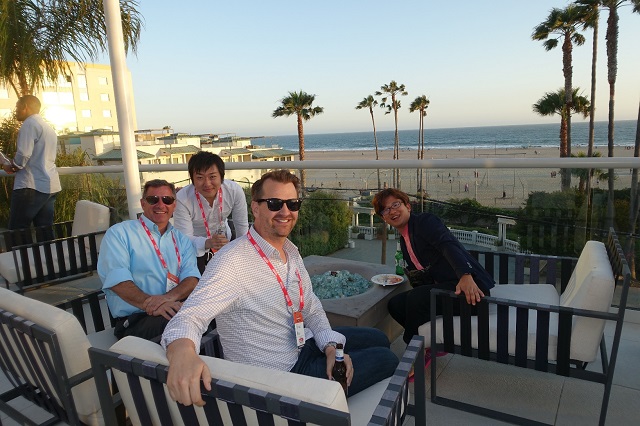
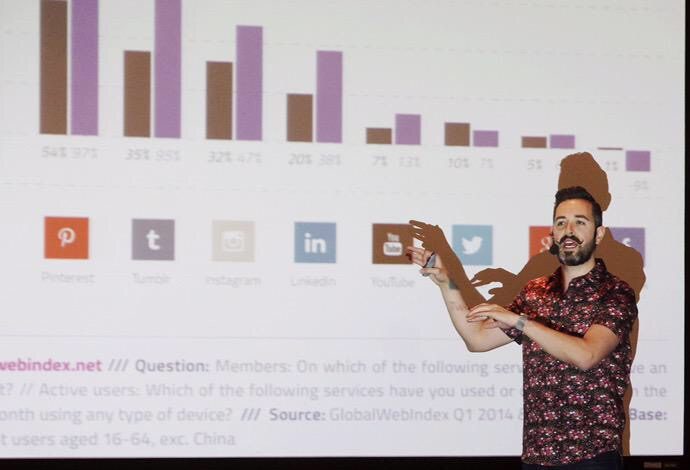
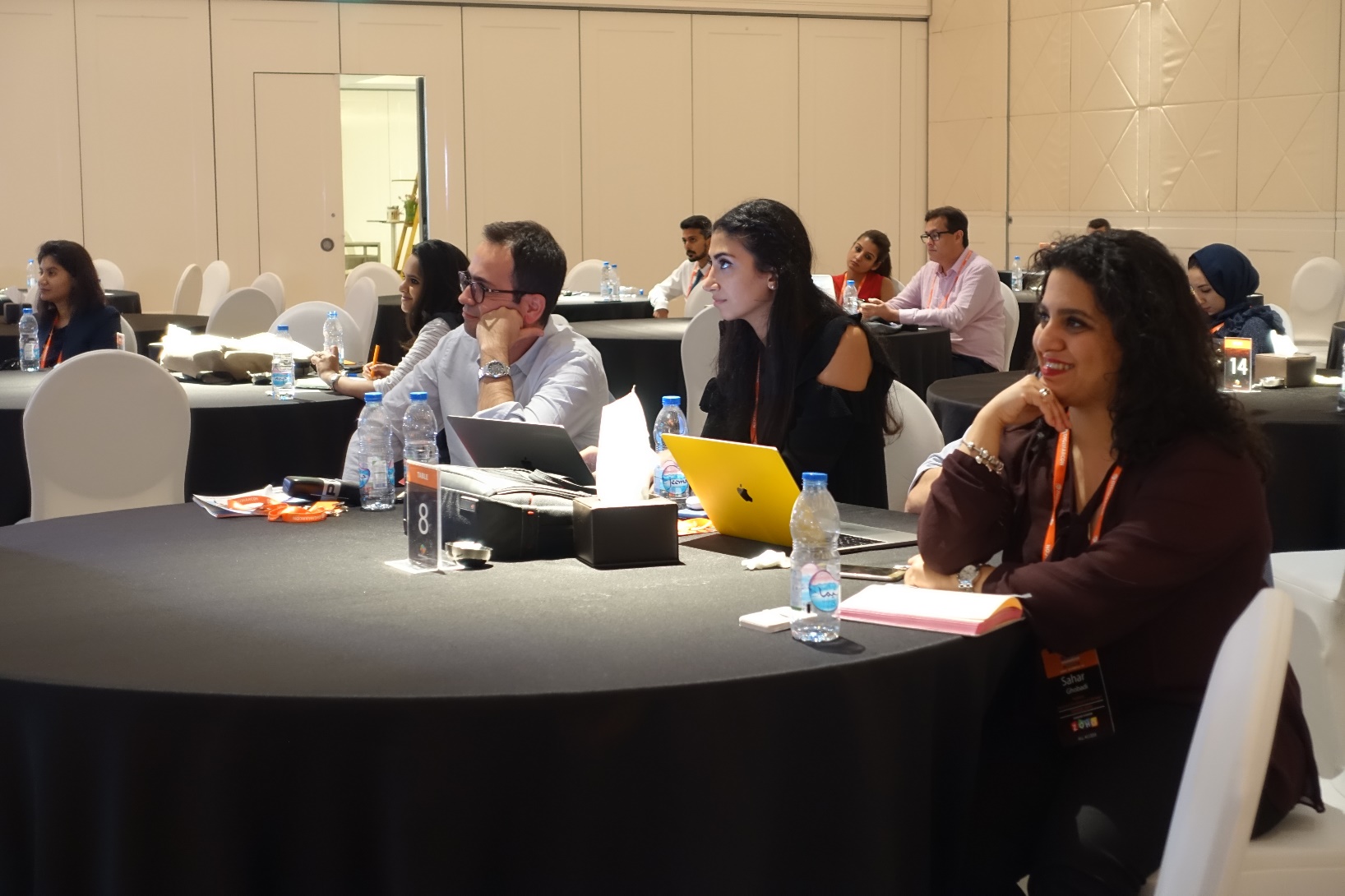

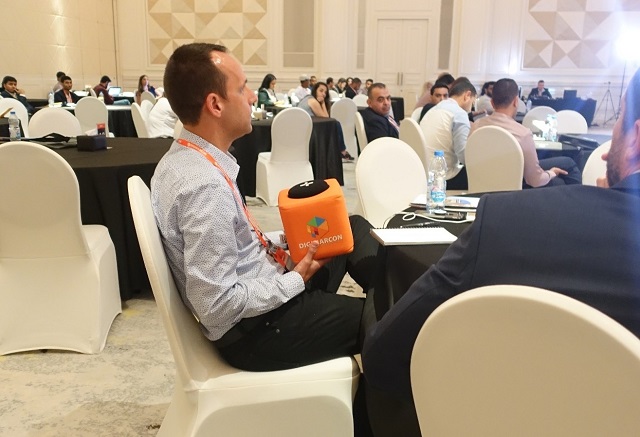



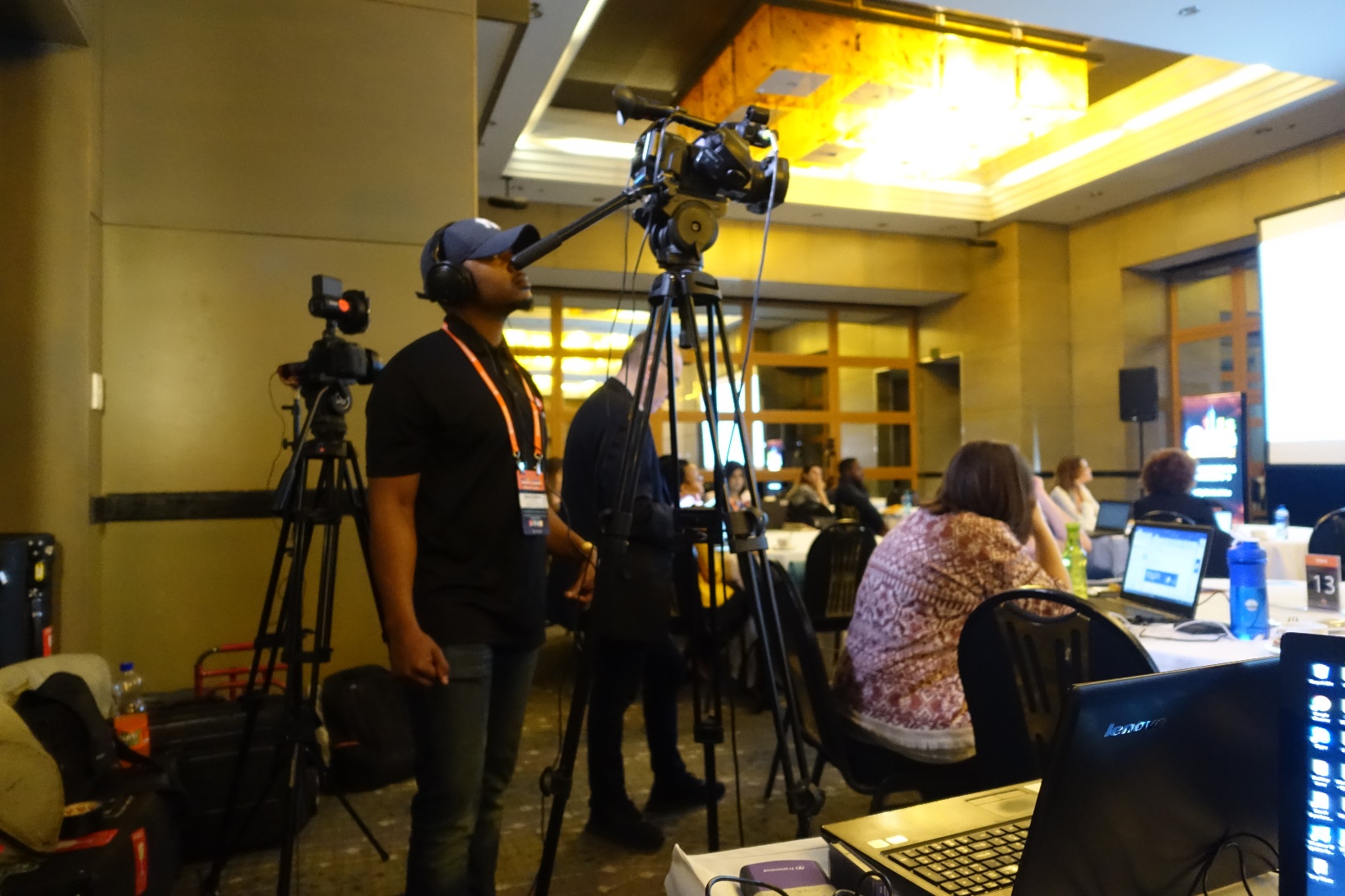



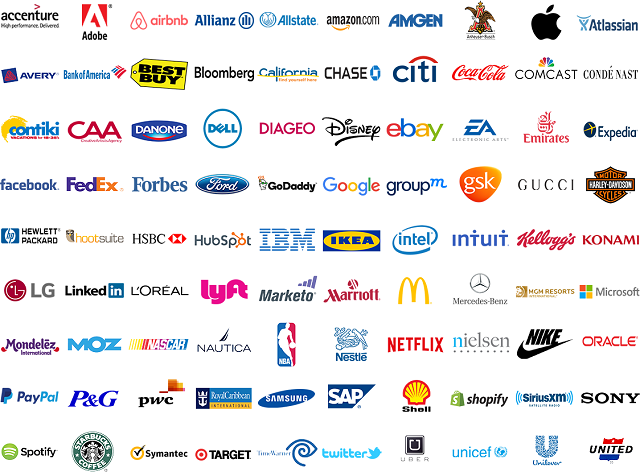















Programmatic Advertising: The Future of Digital Marketing
The digital marketing world is changing fast, thanks to programmatic advertising. This new way is changing how businesses talk to their customers.
Programmatic advertising uses smart tech like AI and machine learning. It helps marketers send messages that really speak to their audience. This makes ads better and customers happier.
Key Takeaways
What Is Programmatic Advertising?
Programmatic advertising is a big change in digital ads. It uses advanced tech to make buying ads easier and more precise.
At its heart, it uses real-time bidding (RTB) and ad tech for deals between buyers and sellers. This tech helps advertisers reach the right people better, thanks to data and algorithms.
Programmatic advertising brings many benefits. It makes ads more efficient, targeted, and measurable. Advertisers save time and get better results.
As digital marketing grows, programmatic ads will become even more crucial. It’s key for marketers to boost their ROI with targeted, data-driven ads.
The Evolution of Digital Marketing Through Programmatic Advertising
Digital marketing has grown a lot thanks to programmatic advertising. This partnership has changed how ads reach people, making them better and more efficient.
Programmatic advertising has changed online advertising a lot. It automates the ad buying process. This means ads can be bought and shown to the right people instantly. It saves a lot of time and effort for advertisers.
In display advertising, programmatic tech has made targeting more precise. Ads now reach the most relevant users. This has made display ad campaigns work better, giving advertisers a good return on their investment.
Programmatic advertising keeps improving digital marketing. It uses data and smart algorithms to make ads more effective. This helps in reaching and engaging with the right audience in a big way.
How Programmatic Advertising Works
The programmatic advertising world uses smart platforms to automate ad trading. This makes it easier for advertisers to manage their ads on different channels and devices. It ensures their ads reach the right people at the right time.
At the core of programmatic ads are Demand-Side Platforms (DSPs) and Supply-Side Platforms (SSPs). These platforms help buy and sell ad space in real-time.
Demand-Side Platforms (DSPs)
DSPs let advertisers manage their ads on various platforms. They offer a single place for advertisers to bid on ad space. This uses data and algorithms for better targeting.
Advertisers can make their ad buying easier, target better, and see better results with DSPs.
Supply-Side Platforms (SSPs)
SSPs help publishers manage and make money from their ad space. They connect publishers’ ad inventory to many buyers. This way, publishers can earn more while controlling their ads.
By combining DSPs and SSPs, programmatic ads make marketing automation and audience targeting easier. Advertisers can target their audience better, and publishers can get better ad deals.
The partnership between DSPs and SSPs makes ad trading more efficient and clear. This makes programmatic ads a key tool for marketers in today’s fast-changing digital world.
Types of Programmatic Advertising
Programmatic advertising isn’t a single solution. It comes in many types. This variety lets advertisers pick the best fit for their goals and audience.
Real-Time Bidding (RTB) is a key type. It uses ad exchanges for real-time bidding. This way, ads are targeted and priced well. Ad exchanges are key here, acting as places where ads are bought and sold.
Private Marketplace (PMP) is another type. It’s a private ad exchange where publishers choose who can bid on their space. This ensures top-quality inventory for advertisers while keeping control.
Programmatic Direct is also a form. Advertisers buy ad space directly from publishers, skipping the auction. It mixes the efficiency of programmatic with the perks of direct deals.
Programmatic advertising’s different types offer flexibility and efficiency. They help advertisers meet their marketing goals better. Knowing about these types, including ad exchanges, is key to understanding digital ads.
Advanced Audience Targeting in Programmatic Advertising
Programmatic advertising shines with its advanced audience targeting. This feature boosts the success of programmatic media buying and digital marketing.
It uses smart data and algorithms to find and connect with specific groups. This is done through various methods, like:
Advertisers can make sure their ads reach the right people. This increases the chance of getting a response. It’s a key reason why programmatic media buying is getting more popular in digital marketing.
Advanced audience targeting has many benefits. It makes ads more relevant and user-friendly. It also makes campaigns more efficient and profitable. As digital marketing keeps changing, this feature will play an even bigger role.
In short, advanced audience targeting is a game-changer for programmatic advertising. It’s changing how advertisers do programmatic media buying and digital marketing. By using data and smart targeting, advertisers can get better results from their campaigns.
Benefits of Programmatic Media Buying
Programmatic media buying has changed the digital ad world a lot. It makes advertising more efficient. This means less time and money spent on ads.
Enhanced Targeting CapabilitiesProgrammatic ads are great at finding the right people. They use ad tech to target based on many things like who they are and what they like. This makes ads more likely to work.
Some big benefits of programmatic media buying are:
Experts say programmatic ads have changed digital marketing a lot. They bring unmatched efficiency and targeting. This is thanks to the advanced ad tech behind it.
Ad tech is key in programmatic media buying. It lets ads be bought and sold fast. This makes ads more effective and reaches the right people.
In short, programmatic media buying offers many benefits. These include better efficiency, targeting, campaign tracking, and ROI. By using programmatic ads and ad tech, marketers can do better digital campaigns.
Challenges and Limitations in Programmatic Advertising
Programmatic advertising faces issues like ad fraud and regulatory rules. It’s efficient and targets well, but it has its hurdles. These can affect how well it works.
Ad fraud is a big problem. It’s important to know what it is and how to stop it.
Types of Ad Fraud
Prevention Strategies
To fight ad fraud, use advanced fraud detection tools and partner with trusted companies. Regular checks and monitoring can spot fraud early.
Following rules is another big challenge. Laws like the GDPR (General Data Protection Regulation) in Europe affect how data is used in ads.
GDPR Impact
The GDPR makes advertisers clear about data use and get user consent. This has changed how ads use data.
CCPA and Other Regulations
The CCPA (California Consumer Privacy Act) and other laws also require advertisers to follow data privacy rules.
In summary, programmatic advertising has many benefits. But, it’s key to tackle its challenges like ad fraud and following rules. This ensures it keeps growing and working well in online advertising and real-time bidding.
Current Trends in Programmatic Advertising
The digital marketing world is always changing. New trends in display advertising and marketing automation are emerging. These changes are driven by tech advancements and how people behave online.
Artificial intelligence (AI) and machine learning (ML) are becoming key in programmatic ads. They help target ads better and make them more personal. A study found that using AI and ML can boost engagement and sales.
Marketing automation is also getting more attention. It automates routine tasks, letting marketers focus on big ideas. This makes campaigns more efficient and effective.
There’s a big push for transparency and accountability in programmatic ads. Advertisers want better ways to measure how well their ads work. This is important as the industry grows.
Display advertising is evolving, and programmatic ads are key. By keeping up with trends and using AI, ML, and marketing automation, advertisers can get better results. This helps grow their businesses.
Implementing Successful Programmatic Strategies
To succeed in programmatic advertising, you need to grasp audience targeting and ad exchanges. It’s all about hitting your target audience and managing ad exchanges well.
Audience targeting is key. It lets you reach the right people with your ads. Using data and analytics, you can make ads that really speak to your audience.
Attribution models are also vital. They help you see how your ads are working. By looking at these models, you can understand what’s driving sales.
Performance Benchmarks
Setting performance benchmarks is crucial. These help you see how well your ads are doing. You can use them to make smarter choices based on data.
A top expert says, “The secret to great programmatic ads is knowing your audience and using the right models.”
By focusing on audience targeting, attribution models, and benchmarks, you can make your programmatic ads work. This leads to better results.
Conclusion
Programmatic advertising has changed the digital marketing world. It makes buying ads more efficient and effective. This is thanks to advanced audience targeting and real-time bidding.
This method has become key for marketers wanting to boost their ROI. It helps them reach their target audience better.
The rise of programmatic advertising has changed how businesses connect with their audience. It uses data and automation to send personalized ads. This makes ads more relevant and effective.
The future of digital marketing will keep evolving with programmatic advertising. New tech and data analysis will lead to more innovation. Businesses that use programmatic media buying will be ready for new trends and stay competitive.
FAQ
What is programmatic advertising?
Programmatic advertising uses technology to buy and sell online ad space. It uses real-time bidding and ad exchanges. This makes digital marketing more efficient and targeted.
How does programmatic advertising work?
It works through demand-side platforms (DSPs) and supply-side platforms (SSPs). These platforms let advertisers bid on ad space in real-time. This way, they can target their audience more precisely.
What are the benefits of programmatic media buying?
Programmatic media buying is more efficient and targets audiences better. It also improves campaign performance. These benefits help digital marketing succeed.
What are the challenges faced by programmatic advertising?
Challenges include ad fraud and following rules like GDPR and CCPA. There are also complexities in real-time bidding. Advertisers must find ways to prevent these issues and follow the rules.
How can advertisers implement successful programmatic strategies?
Advertisers can succeed by using attribution models and performance benchmarks. They should also use advanced audience targeting. These steps help optimize programmatic media buying and digital marketing.
What is the role of ad exchanges in programmatic advertising?
Ad exchanges help buy and sell ad space between different parties. They provide a platform for real-time bidding. This helps advertisers reach their target audiences more effectively.
How does programmatic advertising enhance audience targeting?
It uses advanced data and technology for better targeting. Real-time bidding and ad tech help advertisers reach their audience with precision. This makes audience targeting more effective.